
Eratosthenes of Cyrene (c. 276 BC – c. 195/194 BC) was a Greek mathematician, geographer, poet, astronomer, and music theorist.
He was a man of learning, becoming the chief librarian at the Library of Alexandria. He invented the discipline of geography, including the terminology used today.
He is best known for being the first person to calculate the circumference of the Earth, which he did by applying a measuring system using stadia, a standard unit of measure during that time period.
His calculation was remarkably accurate. He was also the first to calculate the tilt of the Earth's axis (again with remarkable accuracy).
Additionally, he may have accurately calculated the distance from the Earth to the Sun and invented the leap day.
He created the first map of the world, incorporating parallels and meridians based on the available geographic knowledge of his era.
Eratosthenes was the founder of scientific chronology; he endeavored to revise the dates of the chief literary and political events from the conquest of Troy.
In number theory, he introduced the sieve of Eratosthenes, an efficient method of identifying prime numbers.
He was a figure of influence in many fields. According to an entry in the Suda (a 10th-century reference), his critics scorned him, calling him Beta (the second letter of the Greek alphabet) because he always came in second in all his endeavors.
Nonetheless, his devotees nicknamed him Pentathlos after the Olympians who were well rounded competitors, for he had proven himself to be knowledgeable in every area of learning.
Eratosthenes yearned to understand the complexities of the entire world.
The son of Aglaos, Eratosthenes was born in 276 BC in Cyrene. Now part of modern-day Libya, Cyrene had been founded by the Greeks centuries earlier and became the capital of Pentapolis (North Africa), a country of five cities.
Like any young Greek, Eratosthenes would have studied in the local gymnasium, where he would have learned physical skills and social discourse as well as reading, writing, arithmetic, poetry, and music.
Eratosthenes went to Athens to further his studies. There he was taught Stoicism by its founder, Zeno of Citium, in philosophical lectures on living a virtuous life.
He then studied under Ariston of Chios, who led a more cynical school of philosophy. He also studied under the head of the Platonic Academy, who was Arcesilaus of Pitane.
His interest in Plato led him to write his very first work at a scholarly level, Platonikos, inquiring into the mathematical foundation of Plato's philosophies.
Eratosthenes was a man of many perspectives and investigated the art of poetry under Callimachus. He was a talented and imaginative poet.
He wrote poems: one in hexameters called Hermes, illustrating the god's life history; and another, in elegiacs called Erigone, describing the suicide of the Athenian maiden Erigone (daughter of Icarius).
He wrote Chronographies, a text that scientifically depicted dates of importance, beginning with the Trojan War. This work was highly esteemed for its accuracy.
Eratosthenes also wrote Olympic Victors, a chronology of the winners of the Olympic Games. It is not known when he wrote his works, but they highlighted his abilities.
Eratosthenes, then thirty years old, accepted Ptolemy's invitation and traveled to Alexandria, where he lived for the rest of his life.
As head of the library Eratosthenes tutored the children of Ptolemy, including Ptolemy IV Philopator who became the fourth Ptolemaic pharaoh.
Eratosthenes created a whole section devoted to the examination of Homer, and acquired original works of great tragic dramas of Aeschylus, Sophocles and Euripides.
Eratosthenes made several important contributions to mathematics and science, and was a friend of Archimedes. Around 255 BC, he invented the armillary sphere.
Eratosthenes believed there was good and bad in every nation and criticized Aristotle for arguing that humanity was divided into Greeks and barbarians, and that the Greeks should keep themselves racially pure.
Eratosthenes calculated the circumference of the Earth without leaving Egypt. He knew that at local noon on the summer solstice in Syene (modern Aswan, Egypt), the Sun was directly overhead.
He measured the Sun's angle of elevation at noon on the same day in Alexandria. The method of measurement was to make a scale drawing of that triangle which included a right angle between a vertical rod and its shadow. This turned out to be 1/50th of a circle.
Taking the Earth as spherical, and knowing both the distance and direction of Syene, he concluded that the Earth's circumference was fifty times that distance.
His knowledge of the size of Egypt was founded on the work of many generations of surveying trips.
Eratosthenes later rounded the result to a final value of 700 stadia per degree, which implies a circumference of 252,000 stadia, likely for reasons of calculation simplicity as the larger number is evenly divisible by 60.
Seventeen hundred years after Eratosthenes' death, while Christopher Columbus studied what Eratosthenes had written about the size of the Earth, he chose to believe, based on a map by Toscanelli, that the Earth's circumference was one-third smaller.
Eratosthenes now continued from his knowledge about the Earth. Using his discoveries and knowledge of its size and shape, he began to sketch it.
In his three-volume work Geography (Greek: Geographika), he described and mapped his entire known world, even dividing the Earth into five climate zones: two freezing zones around the poles, two temperate zones, and a zone encompassing the equator and the tropics.
He had invented geography. He created terminology that is still used today. He placed grids of overlapping lines over the surface of the Earth.
He used parallels and meridians to link together every place in the world. It was now possible to estimate one's distance from remote locations with this network over the surface of the Earth.
In the Geography the names of over 400 cities and their locations were shown: this had never been achieved before.
Eratosthenes was described by the Suda Lexicon as a Πένταθλος (Pentathlos) which can be translated as "All-Rounder", for he was skilled in a variety of things: He was a true polymath.
He was nicknamed Beta because he was great at many things and tried to get his hands on every bit of information but never achieved the highest rank in anything.
Strabo accounts Eratosthenes as a mathematician among geographers and a geographer among mathematicians.
Archimedes dedicated his book The Method to Eratosthenes, knowing his love for learning and mathematics.
He was also very proud of his solution for Doubling the Cube. His motivation was that he wanted to produce catapults. Eratosthenes constructed a mechanical line drawing device to calculate the cube, called the mesolabio.
Eratosthenes proposed a simple algorithm for finding prime numbers. This algorithm is known in mathematics as the Sieve of Eratosthenes.
Eratosthenes was one of the most pre-eminent scholarly figures of his time, and produced works covering a vast area of knowledge before and during his time at the Library.
He wrote on many topics — geography, mathematics, philosophy, chronology, literary criticism, grammar, poetry, and even old comedies.
Source: Link
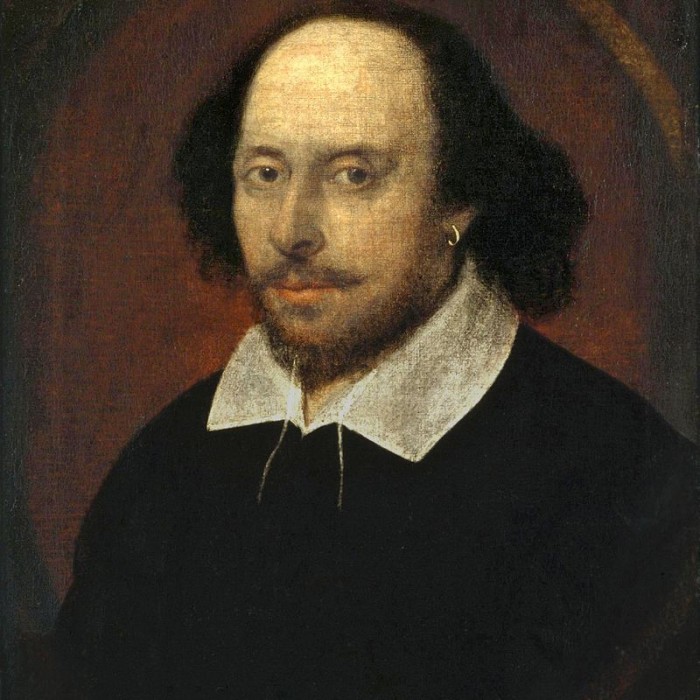
1564 - 1616

1803 – 1882

1854 – 1900
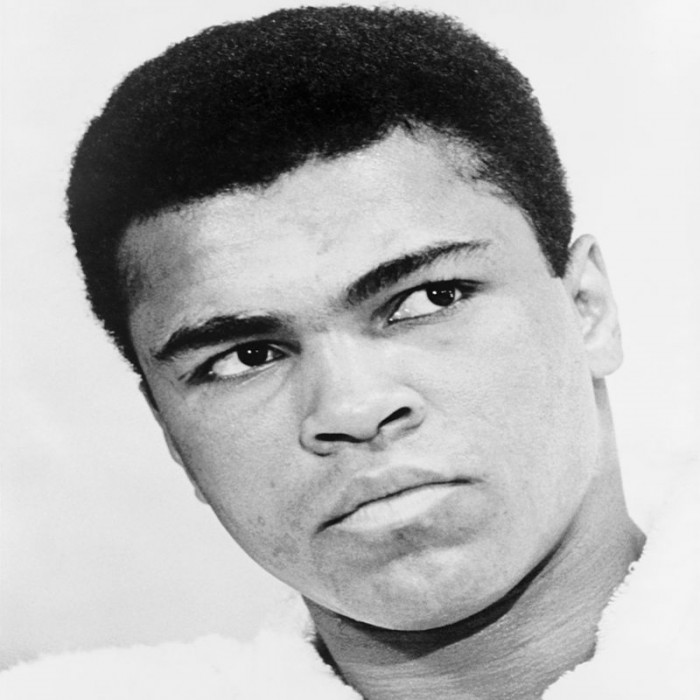
1942 – 2016

1928 – 2014

1835 – 1910

1869 – 1948
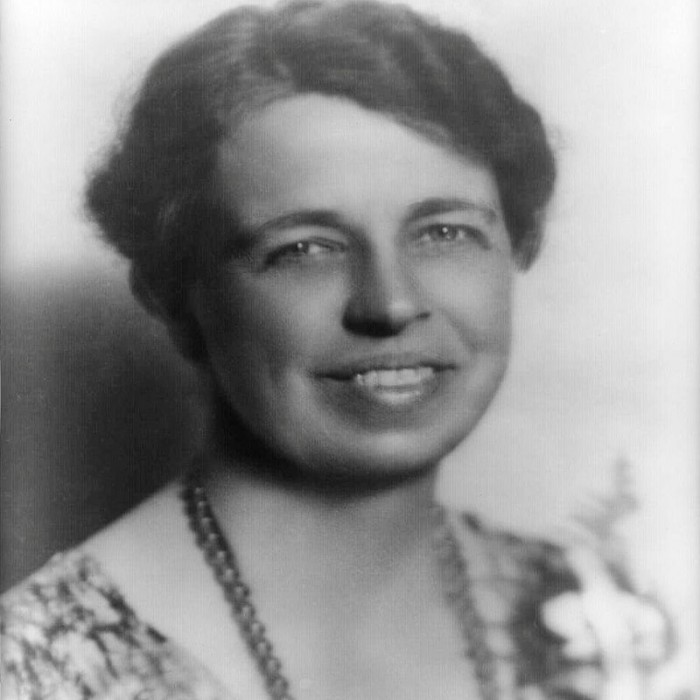
1884 – 1962
1898 – 1963

1929 – 1993
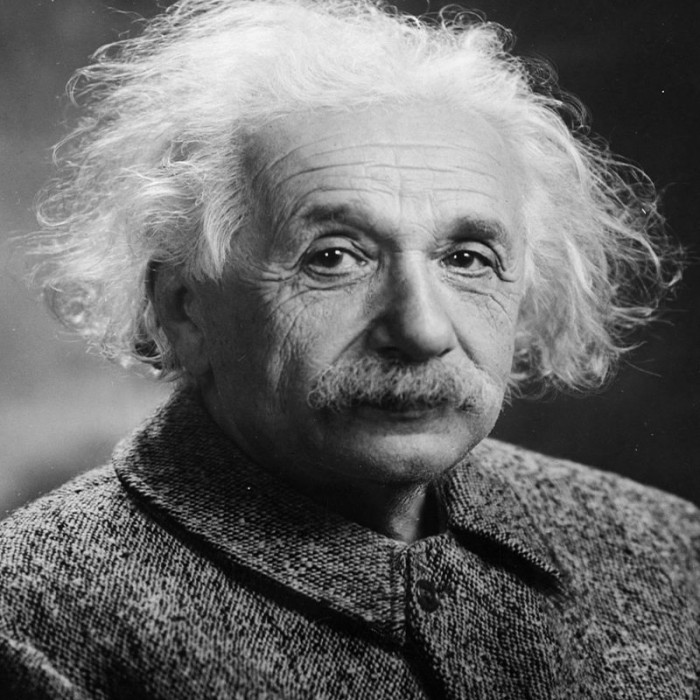
1879 – 1955

1809 – 1865
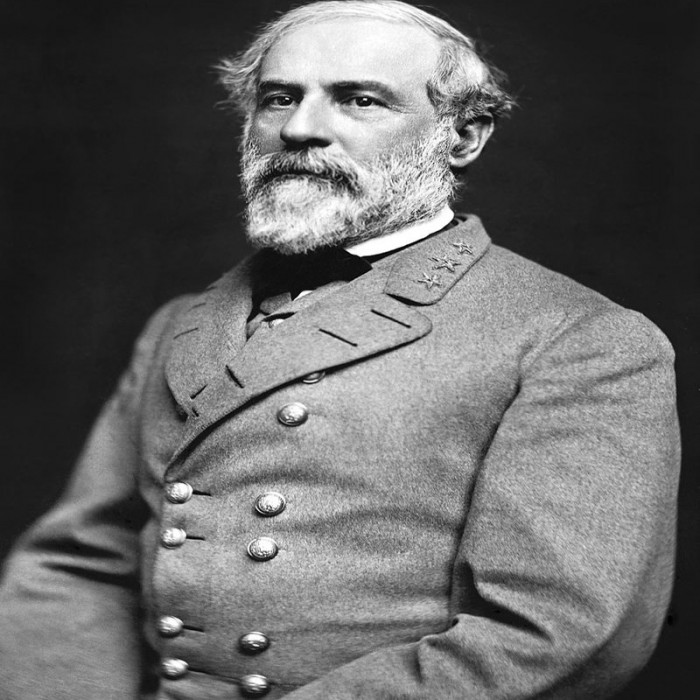
1807 – 1870

1800 – 1859
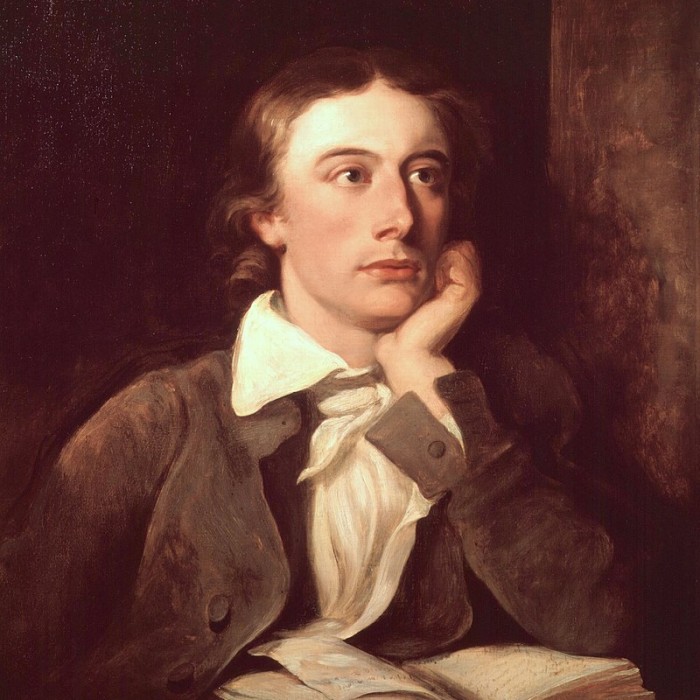
1795 – 1821
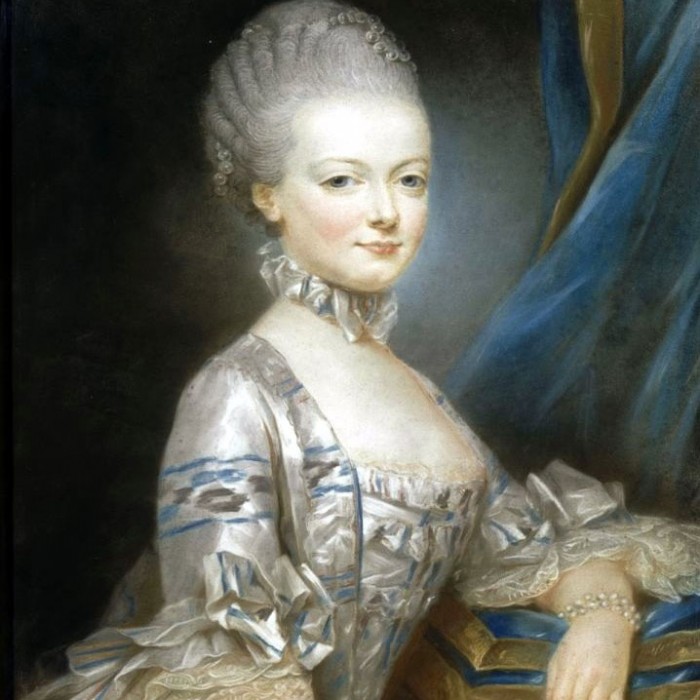
1755 – 1793

1984 -

1989 – 2011

1943 – 2001

1815 – 1902

1929 – 1994

1767 – 1848
